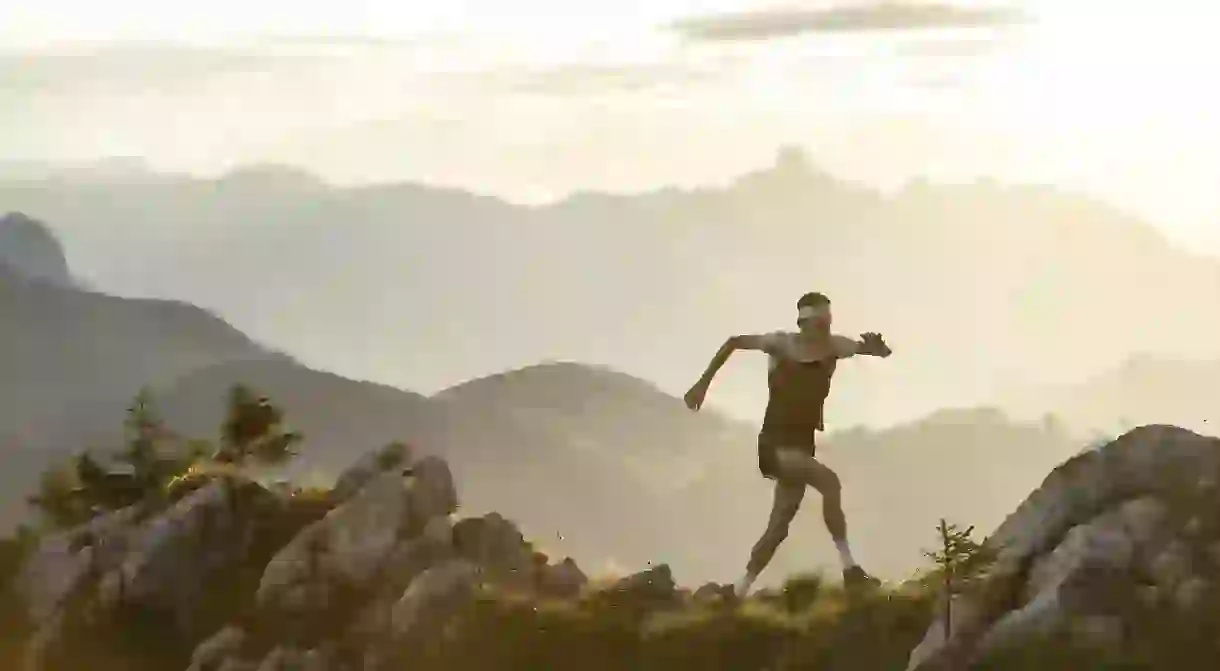Tackling the Race of 1,000 Staircases

While it may actually be less than 10km, the Red Bull K3 is one of the toughest races a competitor can run. It’s not the distance that’s the problem, because runners have no need to look forward, for this race they have to look up.
Vertical running is tough. Really, really tough. Often the races actually cover a relatively short distance, certainly when you consider marathons, ultras and everything in between, vertical races don’t even come close. However, the brutal nature of this discipline of racing is not the distance, it’s the elevation.

Sore knees and soles from pounding the streets are replaced with quads and calves that are set alight with lactic acid searing through them. The Red Bull 3K takes competitors up over 3,000m (3,303 to be precise) from start to finish. The race is likened to running up 1,000 staircases — the equivalent to scaling the Eiffel Tower 10 times in a row — and it is all done in 30 degree heat. And yet, despite all this pain, 300 athletes took to the start line in Piedmont, northern Italy, in a race to the top. The race took place on the Rocciamelone mountain, with the first to its summit the winner.
This one race is not an anomaly. As well as this Red Bull event there is also the Vertical World Circuit (VWC), that has an entire calendar of races throughout the year in which different, iconic skyscrapers — including One World Trade Center in New York, the Sydney Tower Eye and Hong Kong’s International Commerce Centre — are scaled. The VWC has been going since 2009 and, as well as skyscrapers, utilises mountains and other natural climbs.

The VWC has also carried out research regarding the science behind vertical running. According to their website, “In line with studies carried out with Geneva University in 1999 on uphill walking, stair climbing represents an ideal weight loss instrument for non-runners. Among the most interesting data to emerge was that of calorie consumption: 80 percent of energy consumed is directed towards transporting the mass upwards.”
The amount of energy required to move the body up is unsurprising, as anyone who’s ever tried to run up an escalator when in a hurry on the tube can attest to. An elevation of 20 or 30 metres is tough enough, 3,000m borders on the insane.

While hiking and mountaineering are popular activities, shooting up to a mountain’s summit in two hours is for a particular type of individual. While all types of vertical running offer a stern test, stairs provide a consistent elevation and stable conditions. Once you factor in the natural environment, competitors also have all, or at least some, of the wind, rain and heat to contend with, as well as unstable terrain and ever-changing steepness.














